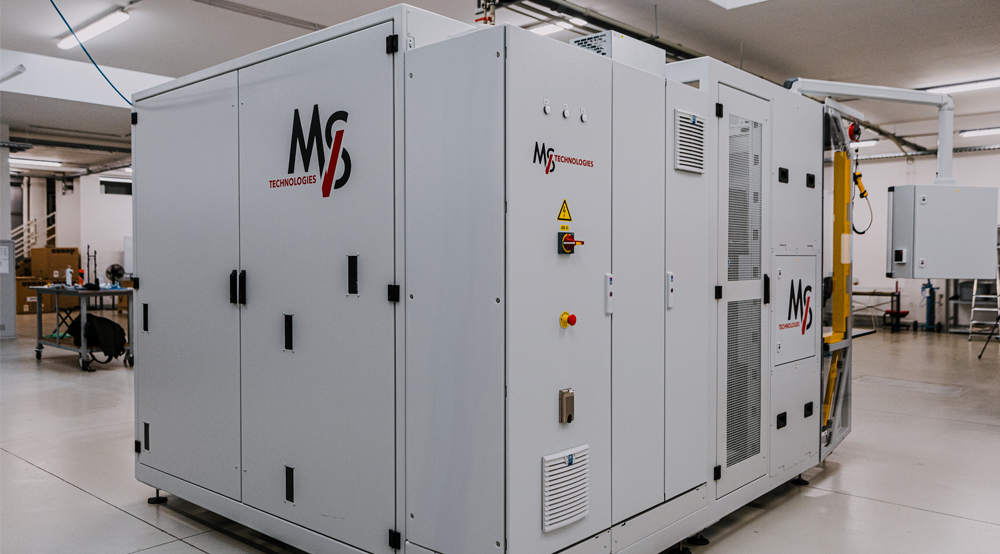Battery technology has come a long way, especially in the fast-paced industries of e-mobility and energy storage. While much focus has been placed on individual battery cell testing, ensuring a leak-tight seal at the module and enclosure levels is just as critical. Undetected leaks in these larger assemblies can lead to serious safety hazards, including thermal events, moisture damage, and short circuits. That's why advanced battery leak testing solutions have become vital to modern electric vehicle (EV) manufacturing and stationary energy systems. Manufacturers now face the challenge of maintaining leak integrity across an entire battery pack, not just isolated components. This article explores the importance of full-system leak checking, the detection methods best suited for large volumes and complex shapes, and how companies like MVS Technologies are helping engineers meet high expectations in production, safety, and sustainability.
The hidden weak points: more than just the cell
Leak testing has traditionally focused on cells, since they are the building blocks of any battery. But today's high-performance applications demand tight sealing across every component: from the battery module to the outer enclosure. These components must withstand environmental stress, vibration, and pressure fluctuation, especially in harsh operating environments.
Key areas where leaks can occur:
- Cooling systems (especially with liquid channels)
- Seal interfaces between housing components
- Electrical connector passages
- Weld seams and bonded joints
If undetected, such leaks can lead to water or dust intrusion (failing IP67/68 compliance), coolant loss, or even complete system failure.
Industry challenges in leak-proof battery design
Designing battery modules and enclosures to be both robust and serviceable presents major engineering hurdles. In e-mobility, for example, packs must be lightweight, yet durable against road conditions and weather extremes. In energy storage systems, pressures may vary over time due to temperature changes, requiring dynamic seals or pressure equalisation mechanisms.
Some of the most pressing challenges include:
- Managing internal pressure and venting
- Preventing coolant leaks in active thermal management systems
- Achieving and verifying IP-rated protection (e.g., against water, dust, and oil)
- Testing non-uniform or custom-shaped geometries in high volumes
Meeting all of the above requirements consistently in a fast-moving production line requires purpose-built leak test technology.
Why helium is the gold standard for battery leak testing
When it comes to accurately detecting small leaks in complex systems, helium-based battery leak testing offers key advantages over other methods like air pressure or gas sniffing. Helium is an inert gas with very small molecules, which allows it to pass through even microscopic openings, helping to identify leaks long before they become operational issues.
Advantages of helium leak testing:
- High sensitivity
- Faster test cycles with accurate results
- Suitable for large cavities, including modules and enclosures
- Non-reactive and safe to use with sensitive electronics
Helium vacuum testing is especially effective for sealed battery enclosures or battery packs designed to operate under pressure or near high-voltage components.
MVS Technologies: precision leak testing for modern battery modules
At MVS Technologies, battery leak testing is more than just checking for holes. It's about building confidence into every finished module. Our leak detection systems are designed specifically for large, complex battery modules and enclosure applications found in both electric vehicle platforms and energy storage infrastructure.
MVS leak testing features include:
- Support for helium vacuum and overpressure testing
- Modular tooling for quick changeovers between module types
- Seamless robot integration and automated sealing
- Full compatibility with MES systems for traceability and analytics
Whether you're validating prototype packs or doing 100% end-of-line testing in production, MVS systems are built to scale and adapt.
Sustainable testing with HRU: reduce costs and protect the environment
One common concern when implementing helium-based testing is the cost and supply of helium gas. That's why MVS incorporates Helium Recovery Units (HRUs) into the systems. These devices collect and recycle the helium used during testing, making the process both cost-effective and environmentally friendly.
Benefits of using HRUs:
- Cut helium consumption by up to 90%
- Lower operating costs over time
- Reduce the environmental footprint of your test process
As e-mobility and energy storage technologies advance, the need for comprehensive battery leak testing becomes more urgent. Ensuring your modules and enclosures are leak-tight isn't just good engineering; it's essential for safety, regulatory compliance, and overall product longevity.
With robust solutions like MVS's helium-based testers and helium recovery units, manufacturers can protect performance, cut costs, and improve the efficiency of their production lines. Whatever the scale of your operations, now is the time to expand your focus beyond the cell and take control of leak integrity at every level of your battery system.

